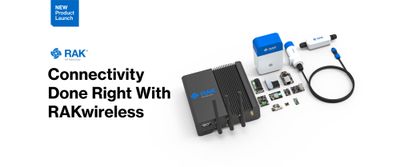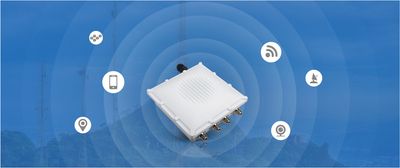3 Ways IoT Is Changing the Future of Travel and Tourism
As technologies advance, global travel becomes more convenient and accessible than ever. But the rise in tourism and air travel brings about its own challenges, such as greater energy consumption, increased waste, bigger crowds, and more. To manage these issues, institutions and establishments that operate within the travel industry are starting to turn to newer technologies like the Internet-of-Things (IoT). Here are three ways that IoT is disrupting and shaping the future of travel.
- Seamless Airport Services
The sheer number of travelers passing through airports means that maintaining day-to-day operations has become even more complicated. IoT offers many applications for helping streamline these processes. For example, IoT sensors can make it easier to track luggage, both for passengers and for responsible airlines. By fixing RFID tags to bags, travelers can receive real-time information on the location of their belongings through their smartphone, determine which carousel to go to for baggage claim, and even maintain visibility in the case of finding missing luggage. - Automated Energy Saving
Providing accommodation for travelers requires massive amounts of energy consumption. But with IoT, hotels and other establishments can gain financial benefits through smart energy saving. One example is through the automation of hotel room utilities. IoT-enabled devices and sensors can be used to automate lighting, such as reducing the power of light bulbs during bright days or turning them off completely when not in use. IoT can also help regulate room temperature, so that heating or air-conditioning are turned on only when necessary. With this type of automation, establishments can minimize energy waste that may be caused by careless or forgetful guests. - Smart Tourism
Smartphones are a critical element in all of our daily lives, but even more so for travelers who are navigating unfamiliar places. They’re often the point of contact between visitors and their new destinations. Now, smart cities can leverage this to enable a more engaging tourist experience. The city of Weimar in Germany, for example, uses a combination of IoT and augmented reality. Using a map app, visitors can point their cameras at popular landmarks to see historical photos superimposed onto their view. Not only does this encourage tourists to interact with their surroundings, it also provides them insight into local culture and history without the need for a tour guide.
As travel restrictions are lifted around the world, the spike in tourism will call for more innovative systems. With IoT, the industry can create more responsive infrastructures to better meet travelers’ needs and enhance safety in a post-pandemic world.
Learn more on IoT Networks: Everything You Need to Know





